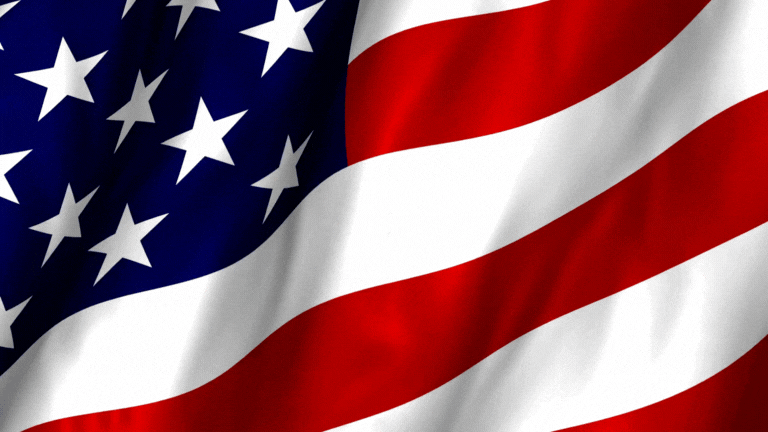Please be aware that this article may contain links to products and services we recommend. If you click on any of these links, we may earn a commission at no extra cost to you. We only endorse products and services that we believe will add value to our readers. Learn more here.
United States Flag: History & Symbolism
Hack The Quiz
7/4/20243 min read
This article explores the history and symbolism of the United States flag, highlighting the country’s location in North America and explaining how the flag’s design reflects the nation’s history, values, and unity.
Where is the United States?
The United States of America (USA) is located in North America, bordered by Canada to the north, Mexico to the south, the Atlantic Ocean to the east, and the Pacific Ocean to the west. It is a large and diverse country with a wide range of landscapes, including mountains, plains, deserts, and coastal regions. Known as a melting pot of cultures, the United States is composed of 50 states, each with its unique characteristics, yet all united under the same flag.
The United States declared independence from Britain on July 4, 1776, and has since grown into a country known for its ideals of freedom and democracy. The flag, often called the Stars and Stripes or Old Glory, is a powerful representation of the country’s journey and its unity.
The History of the United States Flag
The first version of the United States flag was adopted on June 14, 1777, by the Second Continental Congress, which established that the flag should have thirteen alternating red and white stripes and thirteen white stars on a blue field, representing the original thirteen colonies. The design has evolved as the nation expanded, with stars added to reflect the inclusion of new states.
The current version of the United States flag, with fifty stars, was officially adopted on July 4, 1960, after Hawaii became the fiftieth state in 1959. The flag has become an enduring symbol of the country’s independence, resilience, and commitment to democracy.
Breaking Down the United States Flag’s Design
The flag of the United States consists of thirteen horizontal stripes, alternating red and white, and a blue rectangle in the top left corner containing fifty white stars. Each element of the flag carries significant meaning tied to the country’s history, values, and identity.
Let’s break down the elements of the flag:
The Thirteen Stripes
The thirteen stripes represent the original thirteen colonies that declared independence from Britain in 1776. The alternating red and white stripes symbolize both the struggle for independence and the values on which the country was founded.
The Red Stripes
The red stripes symbolize valor and bravery, reflecting the courage of those who fought for independence and the sacrifices made to build the nation.
The White Stripes
The white stripes represent purity and innocence, symbolizing the nation’s ideals of equality and justice.
The Blue Field (The Union)
The blue rectangle, known as the canton or the Union, represents vigilance, perseverance, and justice. Blue also stands for the unity of the states.
The Fifty Stars
The fifty white stars on the blue field represent the fifty states that make up the United States of America. The stars symbolize unity, with each star standing for one of the individual states, all of which are united under a common government and set of values.
Final Thoughts
The flag of the United States, often called "Old Glory", is a powerful symbol of the country’s history, values, and unity. The red, white, and blue colors, along with the stars and stripes, reflect the nation’s courage, commitment to justice, and the unity of its people despite their diversity. The flag embodies the ideals of freedom and democracy for which the United States stands.
Since its adoption, the flag has become a cherished emblem of American identity, flown proudly during national holidays such as Independence Day on July 4 and during important events worldwide. It stands as a reminder of the country’s journey from a collection of colonies to a united, independent nation.
Expand your mind ...
Explore trivia that broadens your understanding and knowledge of the world.
WE ARE HERE FOR YOU
JOIN US and hack the quiz
info@hackthequiz.com
© 2024. All rights reserved.



